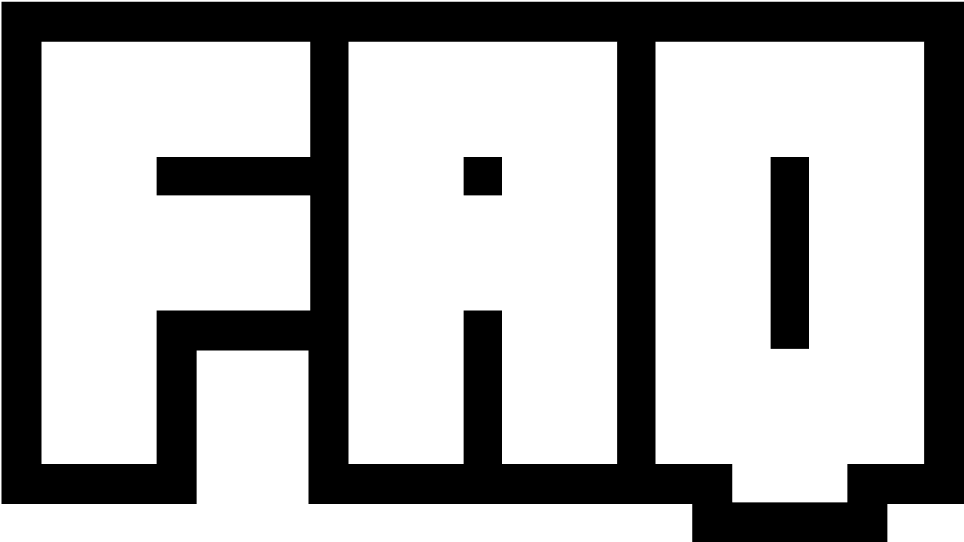ASK THE TREES

01 How does this work?
02 How does it decide my tier?
03 How does it decide the price for repeat mints?
04 How do you work out my carbon emissions?
05 Why is the generative trunk section paused?
06 Why?
01 How does this work?
We use an oracle to look at your transaction history and calculate the total gas you've spent.
From this, we can estimate how many kilograms of CO₂ you've emitted. We also take some randomness and mix it together to generate a random 100x100 pixel trunk. You can reroll as much as you like to see many different combinations available to you.
We also use another piece of data from your wallet - can you figure it out?
———
02 How does it decide my tier?
There are five tiers, based on how much gas you've spent over the years. These are sapling, young, adult, elder and ancient; each size is an order of magnitude larger than the last.
———
03 How does it decide the price for repeat mints?
We don't want someone taking all the generative trees for themselves, so we increase the price for multiple growths. We want as many people as possible to claim a free trunk, but if you really want to you can reroll until you get all the variations you desire.
We also want larger trees to have a sense of prestige to them, so they are more expensive to grow.
After your first purchase, additional trunks will cost more to mint. Per tier they are;
Sapling - 0.05 eth
Young tree - 0.075 eth
Adult tree - 0.1 eth
Elder tree - 0.15 eth
Ancient - 0.25 eth
We then include a multiplier per mint;
2-5 - base price
6-20 - 1.5x
21-50 - 2x
51-100 - 2.5x
100+ - 3x
———
04 How do you work out my carbon emissions?
Ethereum uses a great deal of energy to run, which in turn means a lot of carbon gets produced. We use an approach designed by
Carbon.FYI to estimate the carbon cost of transactions initiated from your wallet. This works by multiplying the total gas spent from your address by an emissions factor based on the energy usage of the Ethereum network.
You can learn more by reading the
Carbon.FYI Methodology in Offsetra's knowledge base.
———
05 Why is the generative trunk section paused?
While we want to encourage as much free generative trunk minting as possible, we cover the cost of the oracle transaction on our end. This means at higher gas prices it becomes much more expensive for us to run the contract.
Genesis exists partly as a way to subsidize the minting of free trunks. We still allow all paid generative minting as the prices are high enough to cover the transaction cost.
———
06 Why?
Most new pixel NFT projects are boring and uninnovative, at least technically; this is a more adventurous take on what NFTs can be and do. Also, we like mocking the environmental outrage NFTs have caused.

